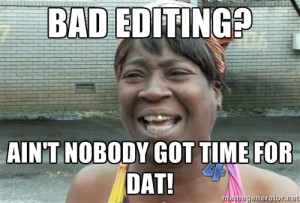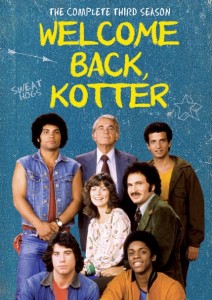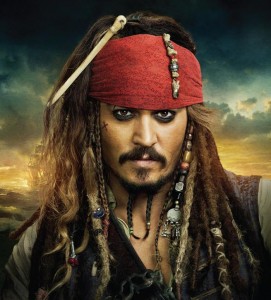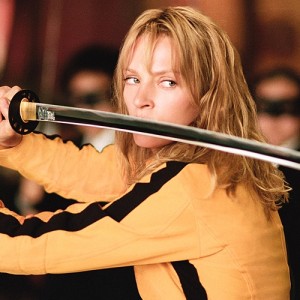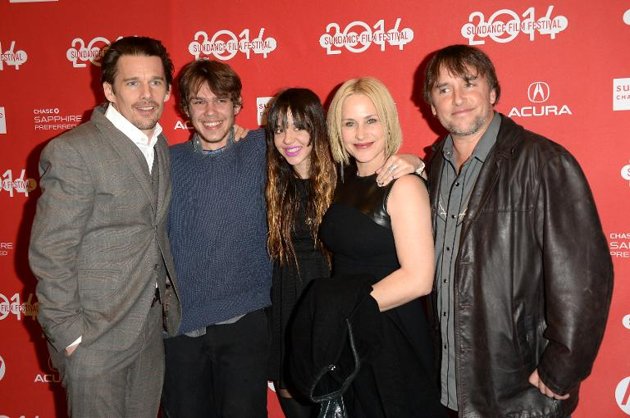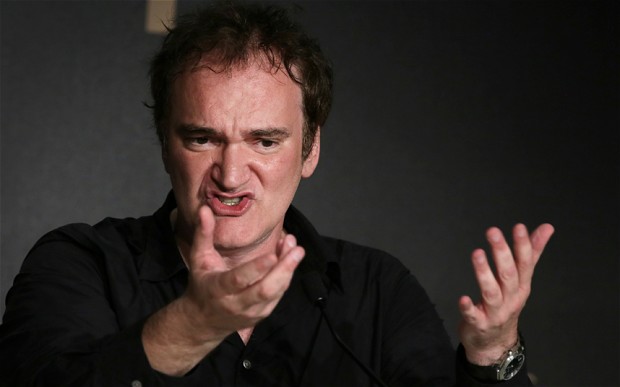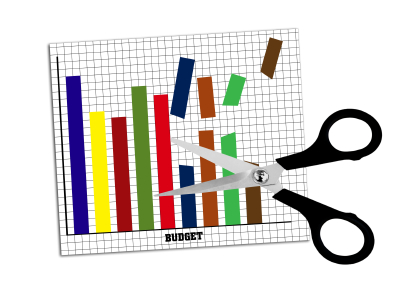There’s never been a better time to make short films. Not only do most film festivals have short film categories, but platforms like YouTube have made it possible to actually monetize shorts.
Particularly if you’re just beginning your film career, there’s no better way to start than making a short film. This film can become your calling card, helping you get into festivals, make connections, and find meaningful work in the film industry.
So what do you need to keep in mind when making a short film?
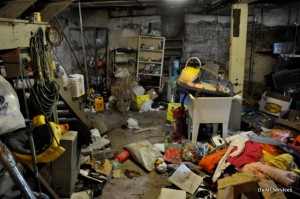
1. What do you have?
First, take a look at what you have. It’s extremely hard to get funding (other than what you’re putting up) for a short. This is ten times as true if it’s your first. As a result, you’re going to want to look at what you already have at your disposal. Unless some kind of cool set is available for free, set your story someplace easily accessible. Unless you have a friend who’s a special effects or make-up whiz and willing to work cheap, don’t plan for a lot of special effects. Look at what you have and be creative with how you use it. After you make it big, then you can make a film that has everything you want!

2. Tight script
What makes a short film shoot last for days and days while the budget goes through the roof? Tons of locations and tons of characters. More locations and characters mean more traveling, more set-ups, and more coverage that you need to get. If, instead, your script has one or two locations and one or two characters (and comes in under ten pages), you can get it shot in one or two days.

3. Storyboards and shot lists
Don’t think you can arrive on set and just wing it. Filmmaking is a complicated medium, and one that requires a lot of collaboration. To that end, everything will go more smoothly if everyone has the same, clear set of guidelines to follow – and if all the shots have been thought through in advance. Create storyboards to go along with the script so that everyone can visualize what you need, and top it off with a shot list listing the shots you need to get. You can check them off as you get each one and be sure not to leave the set minus what you came for.

4. Get the coverage!
It’s every filmmaker’s nightmare. You’ve spent time and money to shoot your film only to realize in the editing room that you didn’t get enough coverage. Coverage refers to getting enough shots to be able to edit the film together in a way that appears seamless. If you haven’t gotten enough coverage, you might find there’s no good way to edit together two shots without it jarring the audience. Shoot wide shots, medium shots, close-ups, and inserts of various objects – along with whatever other clever shots you come up with! That way, you’ll have lots to choose from.
5. Put it all together
Editing can be a brutal process, so make sure your footage is clearly organized so you can find what you’re looking for. This will save you from wasting lots of time. Each minute of finished film will take hours to edit, so be mentally prepared for that fact. And if you do make it to this point only to realize you didn’t get what you needed to put together a decent short film, chalk it up to a learning experience, get back out there, and shoot, shoot again!
Can’t wait to see what you come up with in your short films. If you have any other tips/suggestions, leave them in the comments!
Happy filming!
Blog by: Sara McDermott Jain

